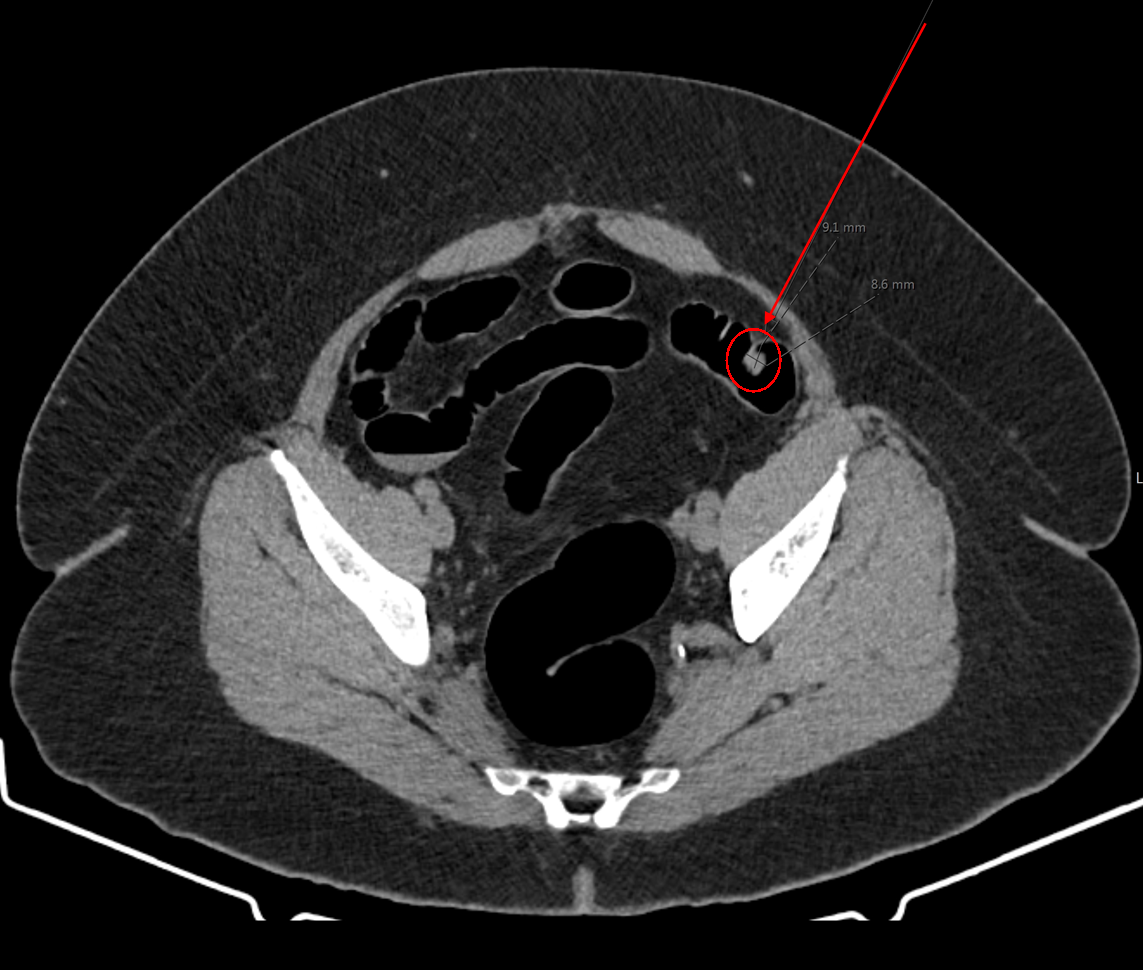
Did you know that colon cancer is beatable in 90% of cases when detected early? That’s why getting screened is so important. Since March is National Colorectal Cancer Awareness Month, it is a great time for us to educate on the necessity of screening.
The American Cancer Society and the U.S. Preventive Services Task Force recommend screening for colorectal cancer starting at age 45.
There are several ways to find or prevent colorectal cancer but colonoscopy is considered the gold standard (or best way). A colonoscopy is a test used to spot changes in the large intestine and rectum. Changes may be a sign of colorectal cancer. Most people know what a traditional colonoscopy is but do not know that there is another type of colonoscopy done on a CT machine known as a virtual colonoscopy. You should talk with your doctor when deciding which option is best for you. However, below is general information to help you understand the positives and negatives of both.
Traditional Colonoscopy
During a traditional colonoscopy, the patient is put to sleep and the doctor inserts a long flexible tube called a colonoscope into the rectum. The tube has a tiny video camera at the end so the doctor can look at the inside of the colon.
Preparation
Before a colonoscopy, the patient is given instructions to prepare for the test. It is recommended that a special diet be followed in the days before the procedure. Closer to the procedure, a clear liquid diet is required. The day before the procedure, patients need to take a prescribed laxative drink to clear the colon.
Benefits and Drawbacks
There are several benefits to traditional colonoscopy, but there are some drawbacks as well. The main benefit is doctors are able to remove any polyps they find right then and there to test them for cancer. Also, if results come back normal, the procedure doesn’t need to be repeated for another 10 years. However, the procedure requires you to be put to sleep and is more invasive. This can be a problem for some patients who cannot tolerate it. Also, in some cases, the procedure can’t be completed due to complications.
Though not common, inserting the scope can also cause bleeding and/or tearing of the rectum.
Virtual Colonoscopy
A virtual colonoscopy, also known as a CT colonography, uses low dose radiation CT scanning and a special computer to create detailed 3-dimensional pictures of the colon (the large intestine). This allows doctors to virtually check the colon for ulcers, cancer, and polyps.
There are several reasons why someone may have a virtual colonoscopy. Firstly, this test is an alternative for patients with anesthesia risk, heart disease, or those who are over the age of 75, encouraging early detection (finding cancer early). Secondly, there are times when patients have a traditional colonoscopy but something stops the test from being completed. This is called a failed colonoscopy or incomplete colonoscopy.
Some reasons for this are:
- Poor preparation before the procedure
- Pain
- Negative response to sedation
- Tortuous colon (twists and bends that make it hard to direct the tube)
- Diverticular disease (Small bulges in the large intestine that block and/or make it hard to direct the tube)
- Stricturing disease (damaged tissue in the large intestine that could be further injured by the tube)
In these cases, a doctor may refer someone for a virtual colonoscopy.
Preparation
Virtual colonoscopy may still require similar preparation to traditional colonoscopy. Patients are asked to stop eating solids many hours before the test. Patients may also need to clear their bowels using laxative medications. Before the procedure, a special liquid called contrast is given to the patient. This allows the CT scan to pick up more details in the picture.
Benefits and Drawbacks
Some patients like to have the option of having a virtual colonoscopy because it is less invasive. The test is quicker (about 15 minutes) and it does not require you to be put to sleep. It is good for finding early signs of cancer or polyps in people we may be afraid of having a traditional colonoscopy. This gives doctors a better chance of being able to treat it sooner, which leads to better outcomes for patients.
One drawback is that a virtual colonoscopy needs to be repeated more often – every 5 years. Another drawback is that polyps cannot be removed to check them for cancer during the exam as they can be in a traditional colonoscopy. However, if the pictures from the CT scan show possible problems, there are other tests that can be done, like a PET/CT scan.
PET/CT Scan
If a polyp over one centimeter in size is seen during a colorectal cancer screening, it requires more inspection. A PET/CT scan can be used to find out whether polyps found during a colonoscopy are cancerous without surgery. It can also be used to see how far along the cancer is. This is called staging and grading cancer, which helps doctors find out how much cancer has spread and how likely it is to spread in the future.
In this test, the patient gets an injection of radioactive material with a small needle and is later placed into the PET/CT machine. Cancer cells “soak up” the radioactive material more than healthy cells. This makes them “light up” on the screen during the PET scan. If the mass in question doesn’t “light up,” there may not be an instant need to take it out. Instead, your doctor may just ask you to come back for a follow-up.
This is a very valuable test because it can be used to avoid unnecessary surgery.
Preparation
The patient will receive instructions from UDMI on how to prepare for the PET/CT scan prior to the exam. Usually, this includes not eating or drinking anything for at least six hours before the test. Some prescribed medications and water may be allowed.
Benefits
Before this test, the only option for further examination was surgery to remove it or take a sample for cancer testing. With this PET/CT scan, unnecessary surgery can be avoided. If the test shows cancer, then surgery can be scheduled. However, if the scan does not show cancer, then follow-up screenings can be scheduled to monitor the patient without surgery.
Conclusion
Talk to your doctor today about when you should start screening for colorectal cancer and what method is right for you. If you are referred for a virtual colonoscopy at UDMI, you can be sure you will be in good hands with our board-certified radiologists who specialize in gastrointestinal radiology.
If you have questions or want to make an appointment, you can always call us at (718) 931-5620 or submit a request online.










